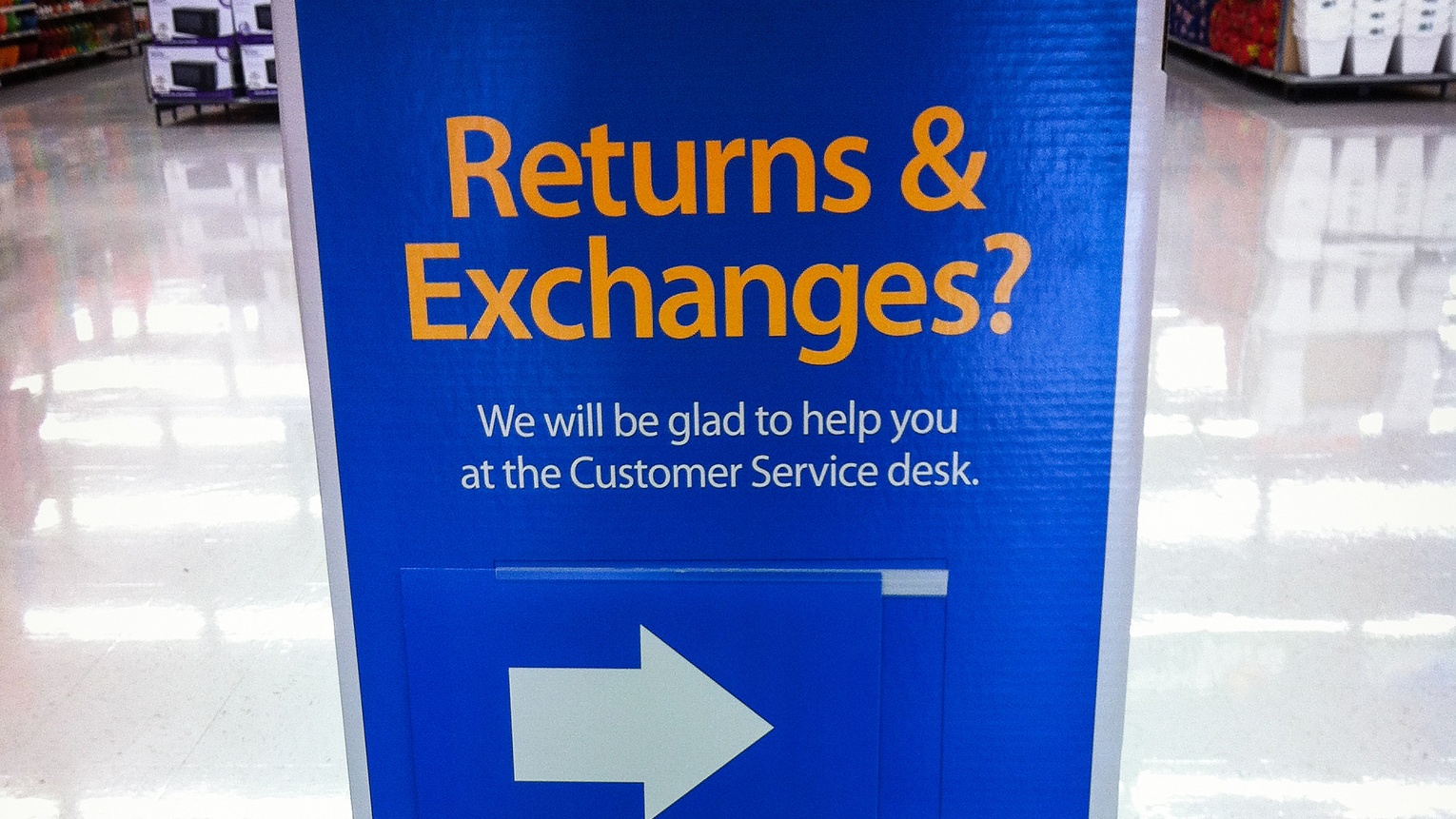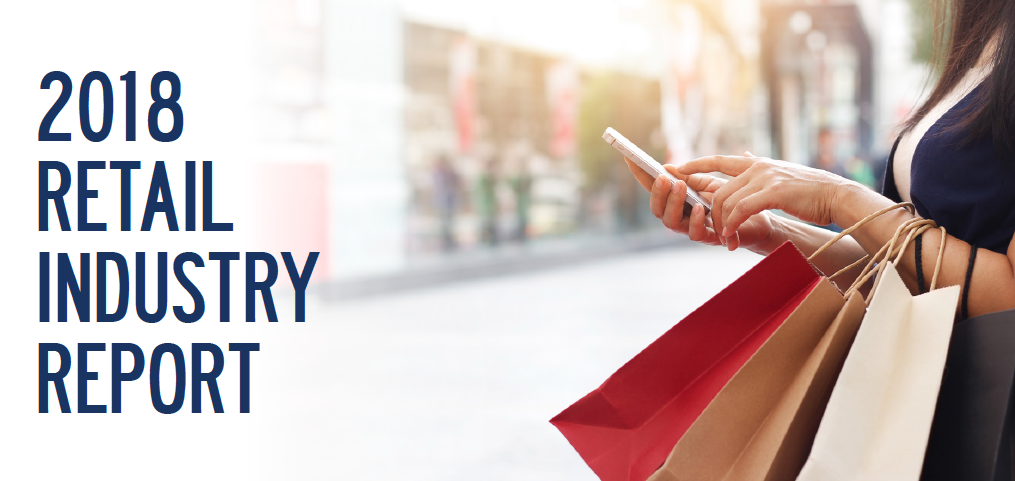It’s a pretty good time to be dropping a market research retail industry report. We are in the midst of the yearly retail bonanza that is the holiday season, and news of traditional retailers either rebranding and rebounding or simply failing to adapt litter business blogs (yes, including this one). Meanwhile, upstart digital-only retailers seemingly emerge every day to bring new challenges to brick-and-mortar’s doorstep.
Thus, TrendSource’s 2018 Retail Industry Report covers the fault lines of our omnichannel moment, particularly the tensions between in-store and online shopping. Which store types do consumers prefer to shop IRL vs digitally, what can stores do to draw more foot and online traffic, and what in-store experiences simply cannot be replicated online? These were the top-line questions we set out to answer in our report.
So, follow us around the mall (if you still go to those) and through the apps and the Amazon as we put in the retail market research to offer a snap shot, analysis, and key recommendations for our current retail reality.
The Rise of the Second Hand
First and obvious stuff first: superstores like Amazon and Walmart are by far the most popular types of retailers according to our survey. More than three-quarters of our respondents had shopped at one of these ‘everything’ stores over the past several months.
But while the most popular stores are no surprise, we were shocked to see the depths to which department stores have fallen: only 34.8% of respondents had visited a department store in the last three months. This is even more shocking when juxtaposed with the recent rise of second-hand stores, where 43.3% of our respondents had recently shopped. As we point out in the report, these numbers would have been inconceivable only a decade ago.
Yet as millennials come into their purchasing power, they continue to value the price point, the individuality and uniqueness, and the treasure hunt that second-hand stores like the Buffalo Exchange and TheRealReal offer. This trend is not going anywhere.
Return to the Scene of the Purchase

Consumers are, by and large, far more comfortable in-store when it comes to returns.
In fact, over 70% of respondents prefer making their returns in-store, and the older a consumer the less comfortable they feel with the online return process. Obviously, there is a relationship between the ease of return and the freedom with which consumers shop. The more comfortable one feels returning an item, the likelier they are to take a chance on it.
This signals opportunity for digital shopping environments to improve and simplify their return processes. Amazon has already seemingly become synonymous with easy returns—Prime members in particular enjoy the benefit of the doubt and a simple process.
There are, of course, dangers in such a liberal return policy—indeed, there is a delicate balance with returns, which our data on wardrobing illuminates.
Wardrobing is a Generational Thing
Indeed, we were also curious about wardrobing. For those not in the retail industry, this term might be a bit unfamiliar—wardrobing refers to the practice of purchasing an item, using it once or twice, and then returning it. You know—buying that fab Ted Baker 3-piece, wearing it to the New Year’s Party, and then returning it for a refund the next day (um, we just made that up right now, we promise!).
This is particularly prevalent in fashion retail with stores like Bloomingdales taking radical action to prevent it.
And, perhaps with good reason: Wardrobing, our report shows, is most certainly real and appears to be a generational phenomenon. In fact, the younger a respondent, the likelier they are to have blurred those ethical retail lines, with less than 2% of the Silent Generation copping to the practice compared to over one-quarter of millennial 1s .
We do not think this has to do with any supposed moral erosion in our younger generations, but rather with the changing relationships people have with corporations. It is possible that, generationally, as consumers have grown increasingly weary of corporate policies, ethics, and practices, they grow increasingly comfortable toeing the ethical line themselves.
Retail Therapy

We’ve all heard of ‘retail therapy’—the expression, particularly popular among soccer moms, refers to the practice of improving one’s mood and spirits by shopping till you drop the blues.
Our data suggests that, particularly among younger generations of consumers, this is a real phenomenon though perhaps exaggerated. Overall, 39% of our respondents admitted to shopping to take the pain away, with 61% not similarly inclined. A significant portion of consumers are engaging retailers looking for a cathartic experience to improve their mood.
And, like wardrobing, it seems this is more of a young person’s game. Indeed, over half of both millennial cohorts admitted they turn to retail therapy in times of emotional distress, while only 15.1% of the silent generation is similarly inclined. It also seems to be more of a woman’s and gay men’s domain, with 42.7% of women and 55.4% of gay men embracing the practice.
What Else is in the Report?
How else does sexual orientation, gender, generation, and income shape retail our respondents’ practices? How prevalent is sip ‘n’ click (intoxicated shopping) among our respondents, is it likelier in-store or online, and how can retailers capitalize on this fact?And how can online retailers replicate the treasure hunting experience so popular in brick-and-mortar stores?
Find out the answers to these and many other questions by downloading the full report!


